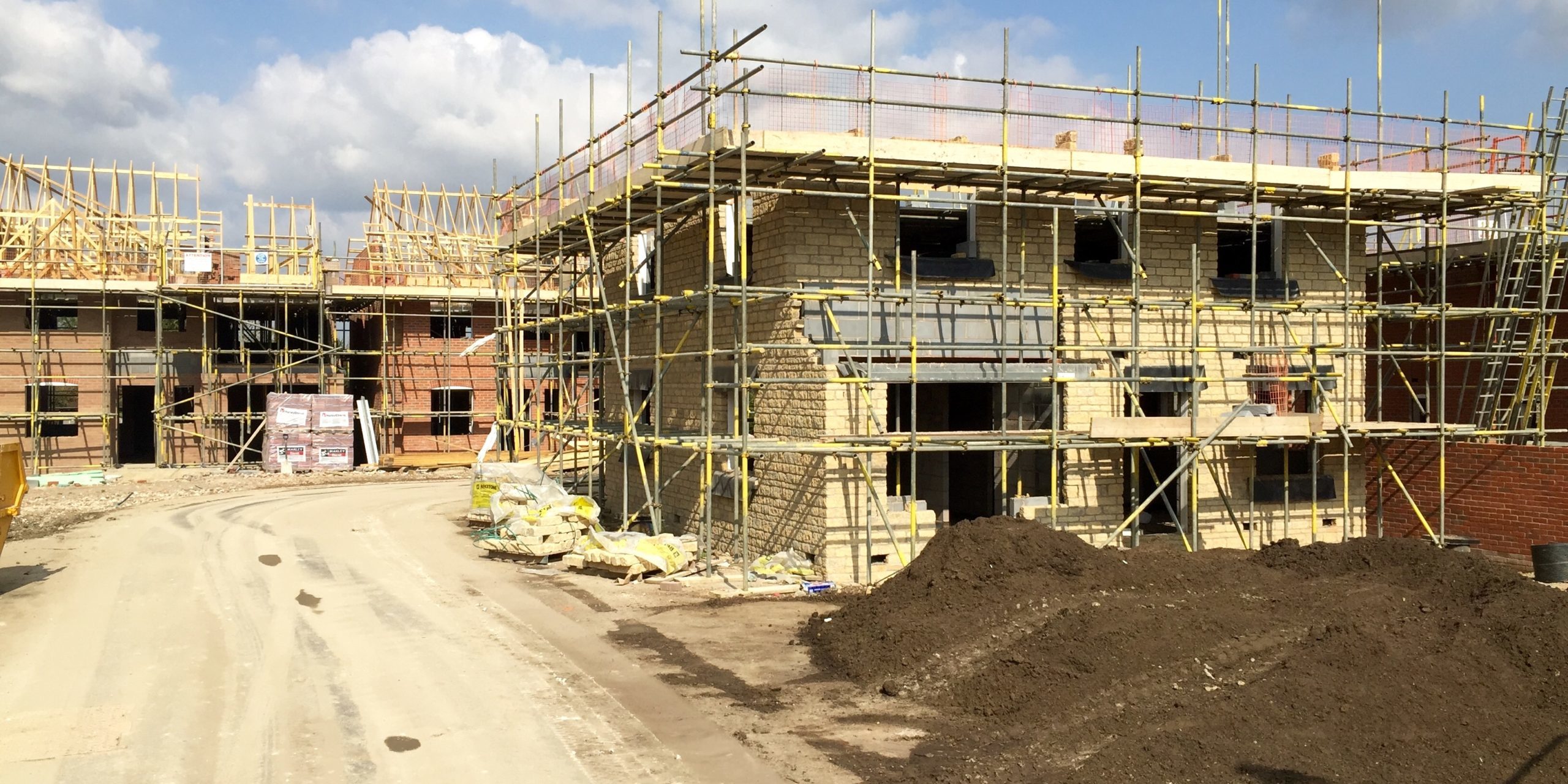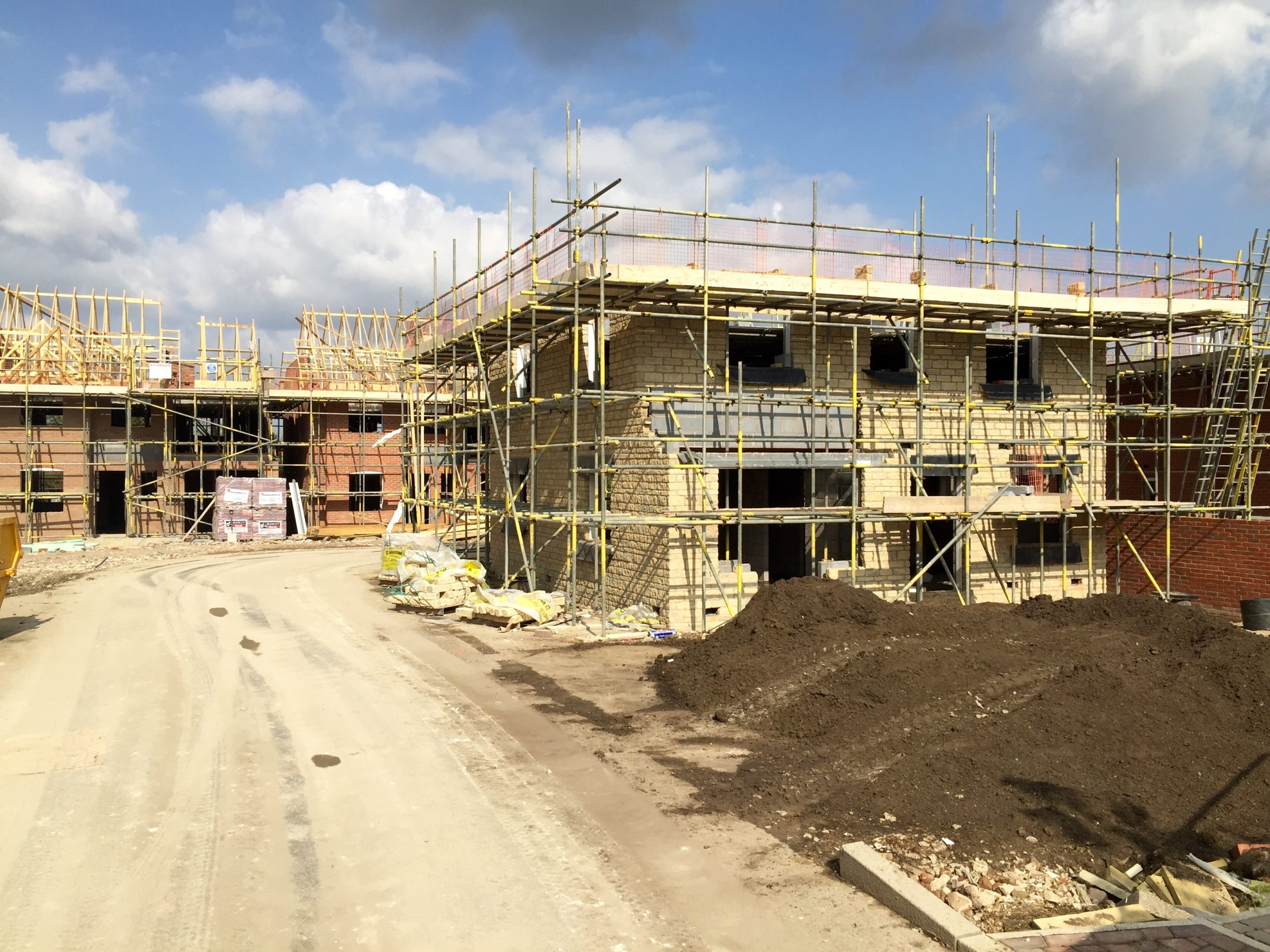Government consultation on new method for assessing housing need – CPRE’s initial thoughts

28th September 2017

The Government has published a consultation on plans to change the way housing targets are calculated – read CPRE’s initial thoughts.
The Government’s consultation proposals on the new OAN Methodology – or ‘Objectively Assessed Need’ runs until 9 November.
See CPRE Oxfordshire’s initial commentary (below).
In summary:
a) Household growth projections would be used as the demographic baseline for every local authority area.
b) A multiplier for less affordable areas will then be added – in areas where house prices are more than four times average earnings, the multiplier would increase the housing need figure by 0.25 per cent for each one per cent the affordability ratio rises above four.
c) There will be a cap on the level of any increase – for authorities that have adopted their local plan in the last five years, the new annual local housing need figure should be capped at 40 per cent above the annual requirement figure set out in their local plan.
Impacts for Oxfordshire?
Extrapolated over the SHMA period of 20 years (2011-31) the Oxfordshire-wide 100,000 target would potentially come down to a far more realistic 68,300 (although still the equivalent of increasing every settlement by over 20% across the time-period).
The ‘Committed ‘Economic Growth’ scenario:
The methodology does however propose to allow local authorities to take a conscious decision to increase these numbers to reflect particular ambitions.
Oxfordshire District Councils may try and exploit this caveat to continue to push for a forced economic growth strategy for the county.
CPRE Oxfordshire commentary:
• The Government has at last recognised that its own household projections are the best reflection of actual housing need.
• If our local authorities choose to add on economic growth targets it will be clear and transparent that they have done so. They will be unable to pass them off as “need”, with all the connotations that surround the word.
• The proposed new methodology makes the calculation of housing figures much simpler.
• Simply building more houses will not bring down prices, so linking housing numbers to affordability is a deeply flawed approach.
The Way Ahead?
In light of this new proposed methodology CPRE Oxfordshire is calling on local authorities to:
a) Call a temporary halt to all Local Plan proceedings currently underway – to avoid surplus allocation of land which allows developers to cherry-pick the ‘best’ sites.
b) Update the Oxfordshire SHMA, based on the new methodology.
c) Ensure any proposed uplift for economic growth ambitions should be subject to full democratic consultation.
d) Take this excellent opportunity to draw a line under the diverse Local Plans and commit to the production of a Joint Spatial Plan which is already under discussion by the Oxfordshire Growth Board. This would allow the proper consideration of the cumulative environmental and social impacts of development across Oxfordshire, including the need to take into account land constraints such as Green Belt and Areas of Outstanding Natural Beauty.
Find out more:
See CPRE National Office’s new Housing Foresight Paper: ‘Needless Demand: How a focus on need can help solve the housing crisis’ Sept 2017.
This paper analyses the current method that Councils use to plan for local housing and what is being built as a result.
It finds that ‘housing need’ and ‘housing demand’ are being conflated in planning policy, with the result that numbers matter more than type and tenure of housing.
It shows how Government could split need and demand, and so tackle the housing crisis more effectively.
CPRE Oxfordshire, 28 September
NewZOANZMethodologyZCPREZOxonZInitialZCommentaryZFINALZSeptZ17.pdf
